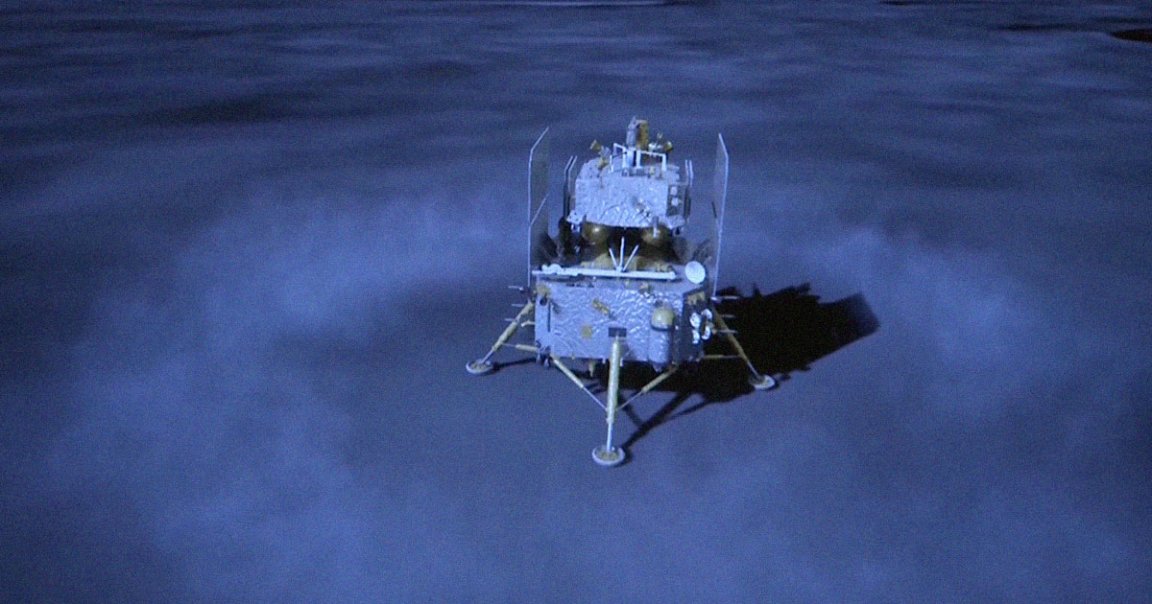
Special Delivery
Within just over 48 hours, China’s Chang’e-6 lunar touched down on the far side of the Moon, successfully scooped up samples, and kicked off once again.
It was an extraordinary feat, representing the first-ever samples ever collected from the side of the Moon that permanently faces away from us.
During its brief visit, the lander also dropped off several scientific payloads on the lunar service, including the European Space Agency’s Negative Ions at the Lunar Surface (NILS) instrument.
And the device didn’t spare any time, kicking into action and immediately detecting the presence of negative ions, the result of solar wind buffeting the lunar surface.
“This was ESA’s first activity on the surface of the Moon, a world-first scientifically, and a first lunar cooperation with China,” said ESA’s technical officer for the experiment Neil Melville in a statement. “We have collected an amount and quality of data far beyond our expectations.”
Ion Maiden
These ions are created when charged particles from the Sun pelt the lunar surface, causing particles there to react and become negatively charged. Here on Earth, the planet’s magnetic field stops these particles from ever reaching the surface.
But since the Moon doesn’t have a magnetic field, its surface is extremely vulnerable to these charged particles. Unlike positively charged particles, however, they never make it back into orbit, forcing scientists to study them on the surface instead.
Before making its observations, the NILS instrument went through cycles of reboots and blackouts as it adjusted to the extreme conditions on the lunar surface.
Fortunately it prevailed, sending back usable data. The observations could have considerable implications for our understanding of what goes on in other spots in our celestial neighborhood that aren’t protected by a magnetic field either.
“These observations on the Moon will help us better understand the surface environment and act as a pathfinder to explore negative ion populations in other airless bodies in the Solar System,” NILS principal investigator Martin Wieser explained in the statement, “from planets to asteroids and other moons.”
More on the mission: China Plants First-Ever National Flag on Far Side of Moon